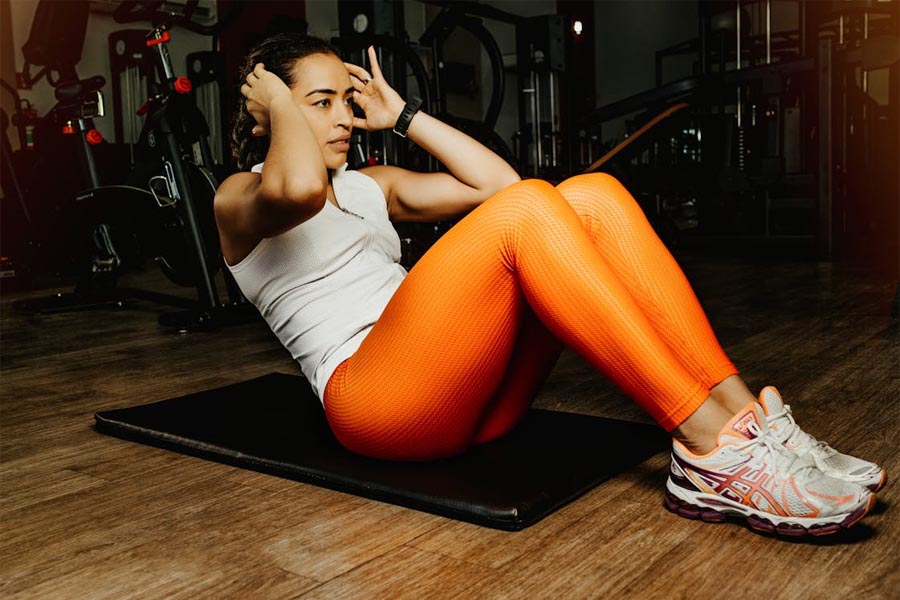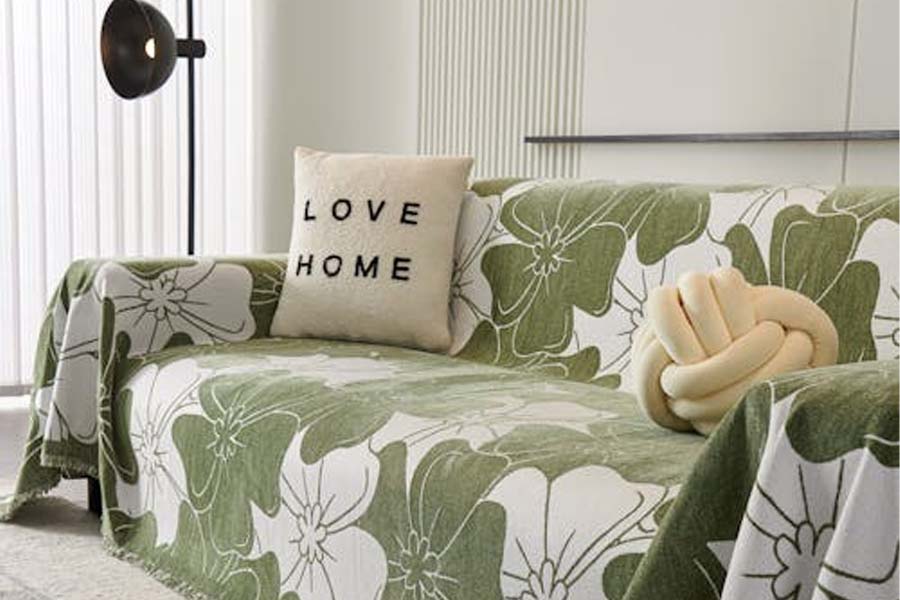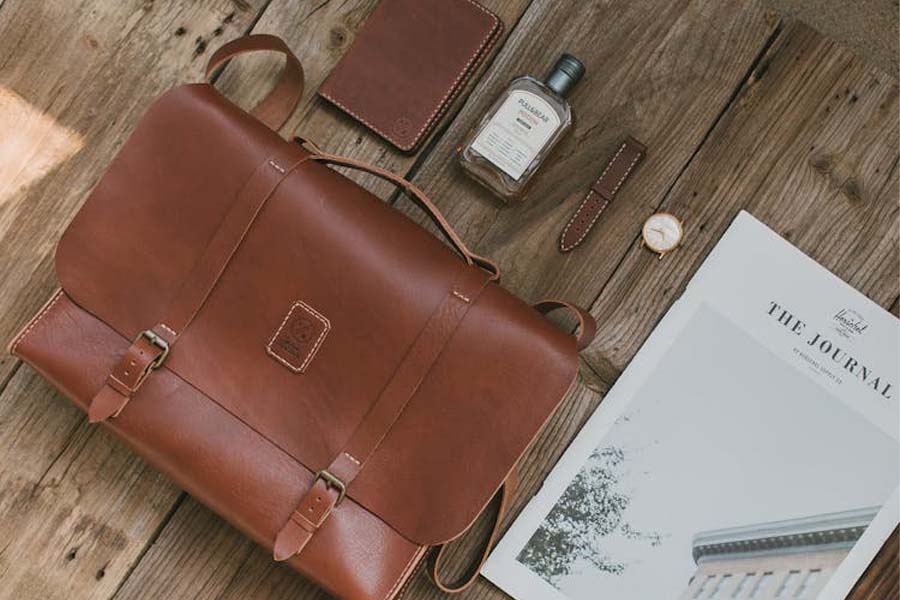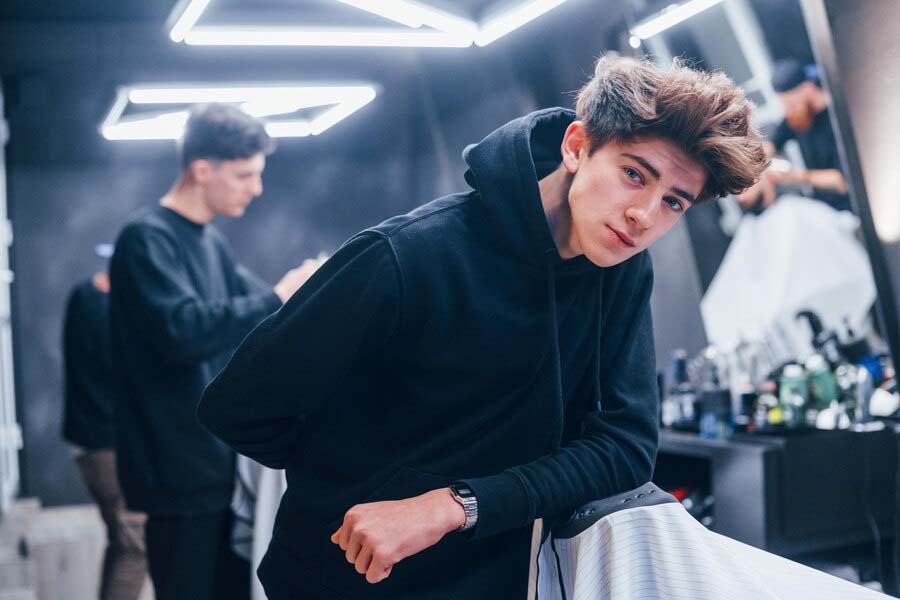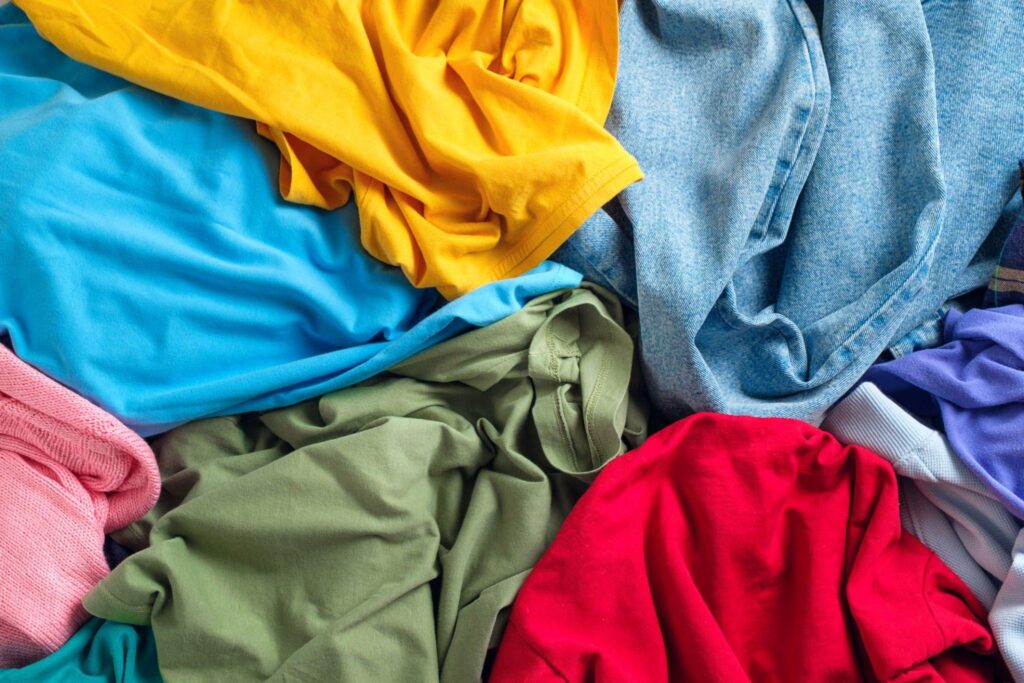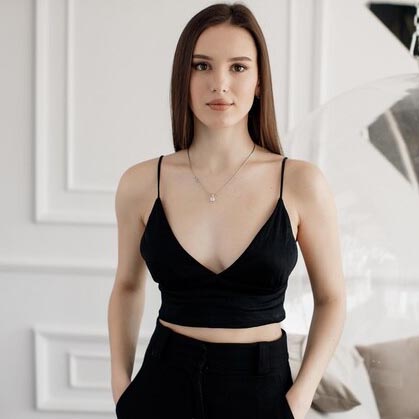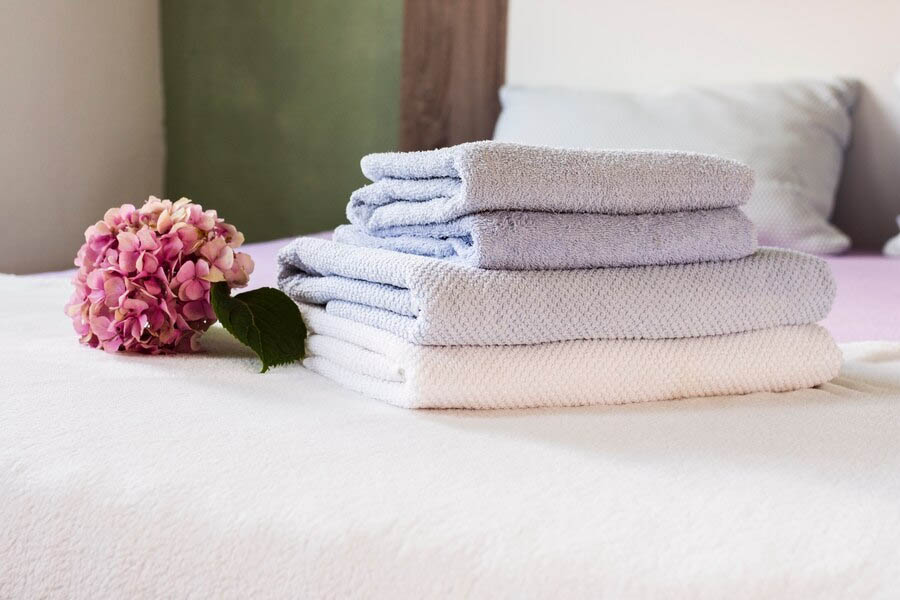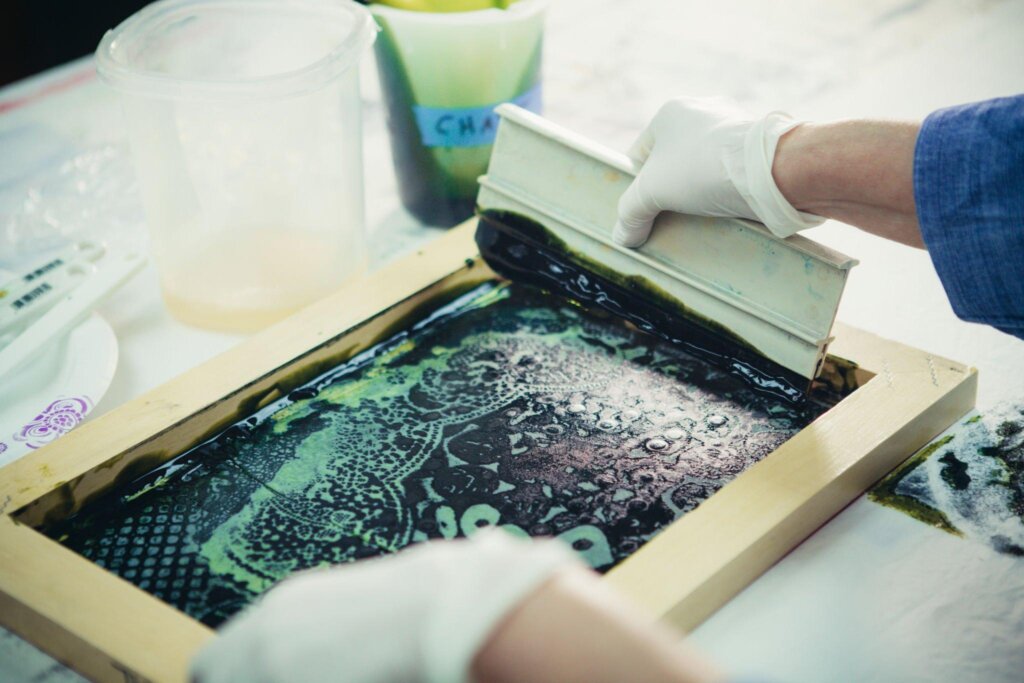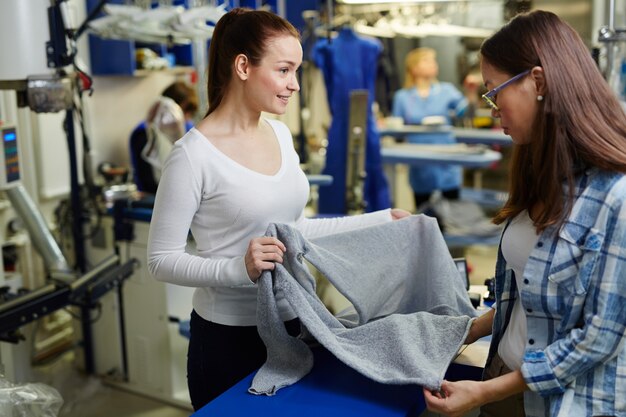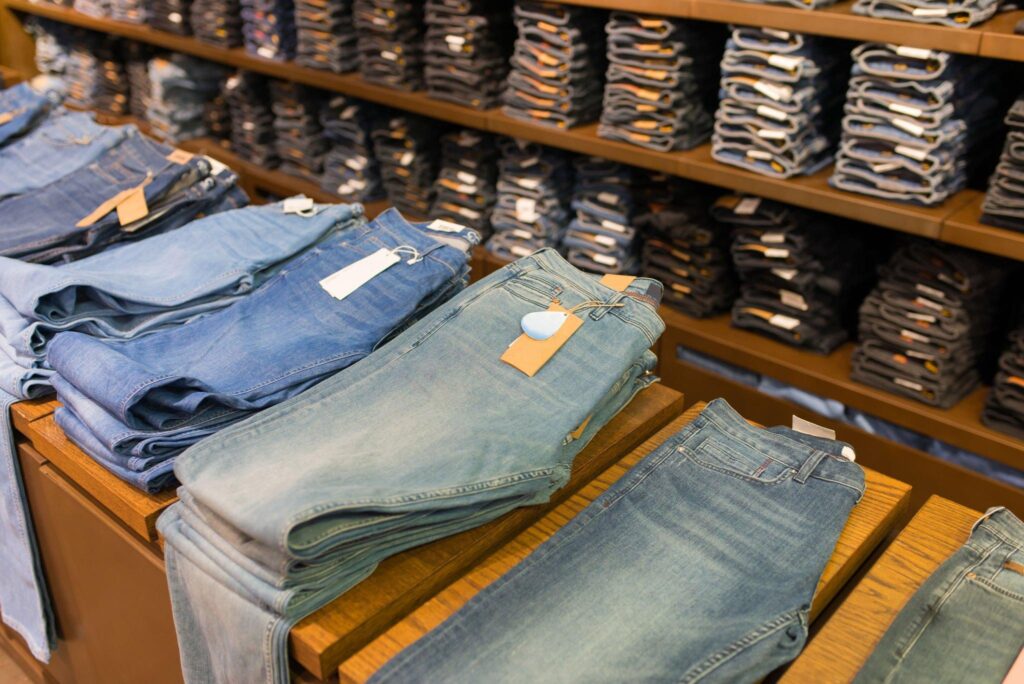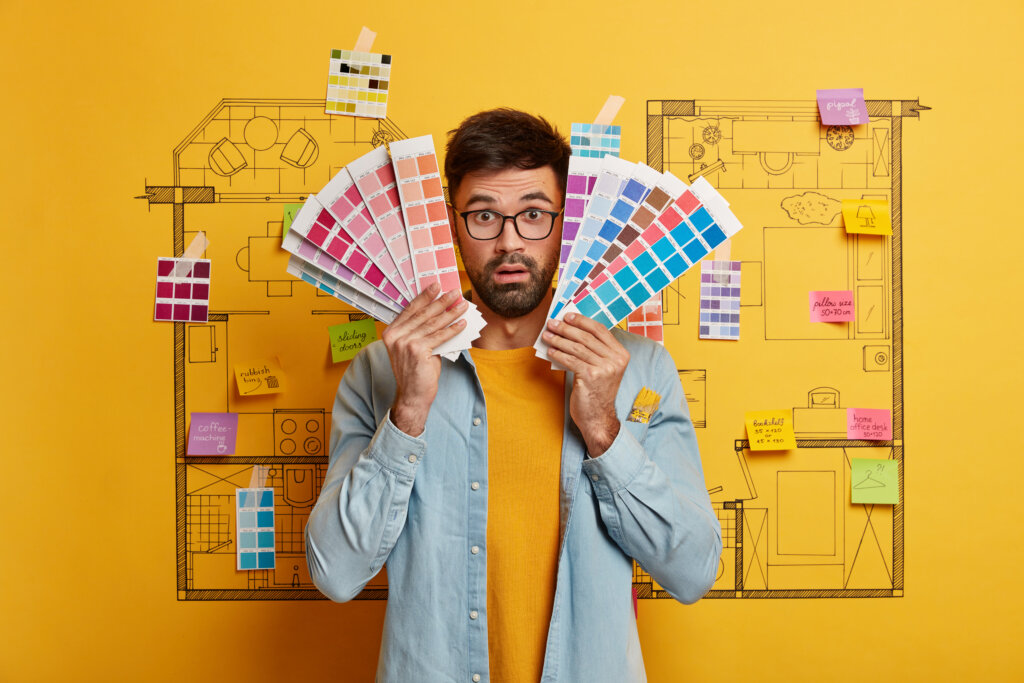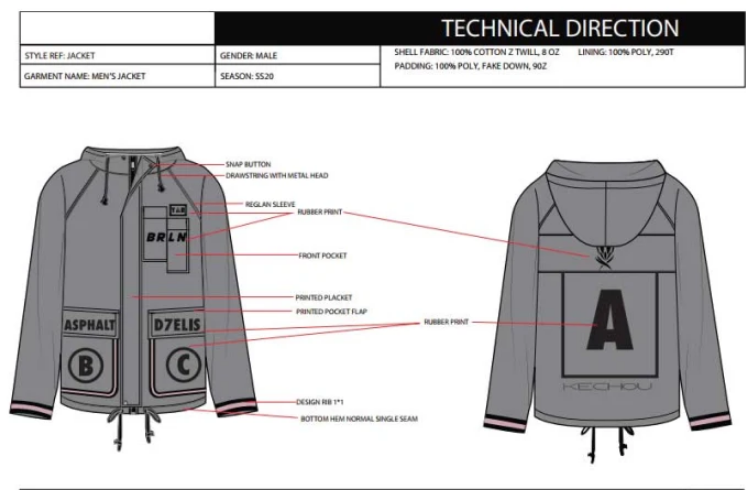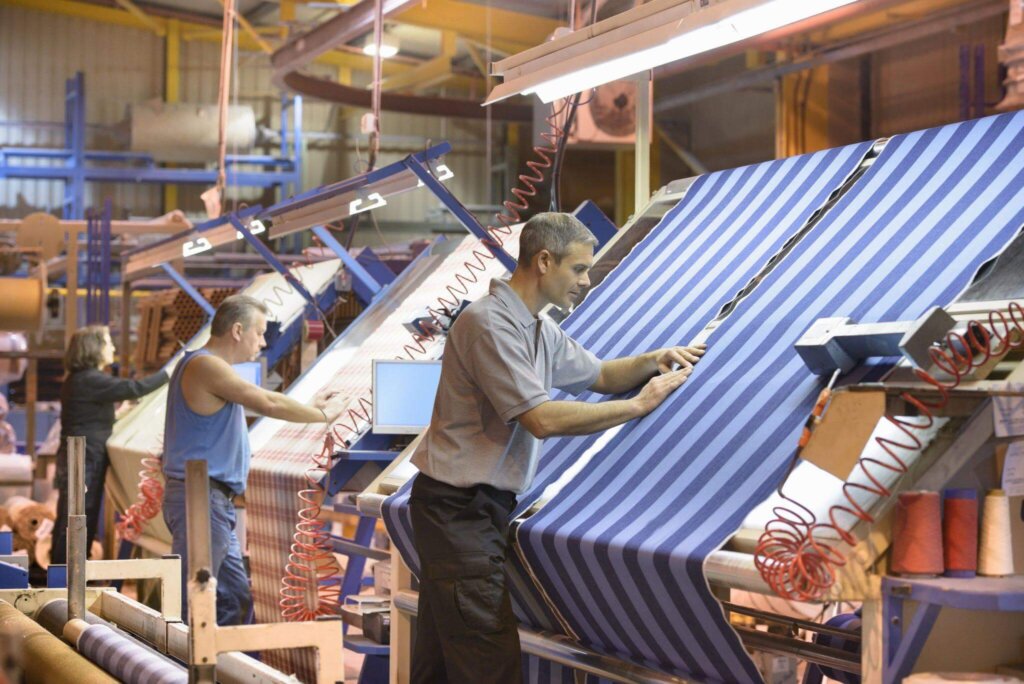Technical Definition of Embroidery Patches
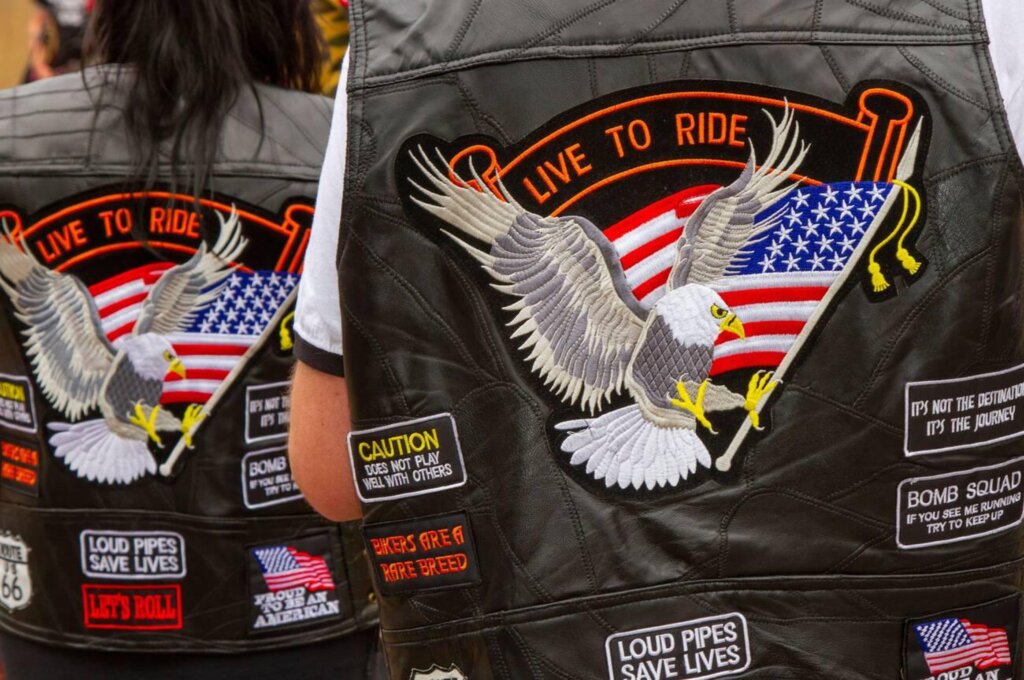
Embroidery patches are composite textile applications comprising three technical layers:
- Surface embroidery (30,000-50,000 stitches/dm² density)
- Foundation fabric (twill or felt substrate)
- Adhesive backing system (thermoplastic or pressure-sensitive)
Modern patch manufacturing combines computerized embroidery machines with specialized stabilizers, achieving precision unattainable through manual techniques. Ludyway’s Clothing Embroidery division utilizes industrial Tajima machines capable of 1,200 stitches/minute for consistent quality.
Strategic Advantages of Technical Patches
Custom patches deliver measurable branding enhancements:
| Metric | Improvement |
|---|---|
| Brand Recall | +47% vs. direct embroidery |
| Production Cost | -32% per unit |
| Durability | 200+ industrial wash cycles |
| Application Versatility | 12+ substrate materials |
Critical benefits include:
- Cost Efficiency: Reduced thread consumption and automated production lower unit costs
- Brand Consistency: Pantone-matched threads ensure color accuracy across batches
- Technical Longevity: UV-resistant coatings prevent fading (ISO 105-B02 compliant)
Ludyway’s Private Label Clothing solutions integrate patch applications for corporate identity programs.
Optimal Substrate Selection
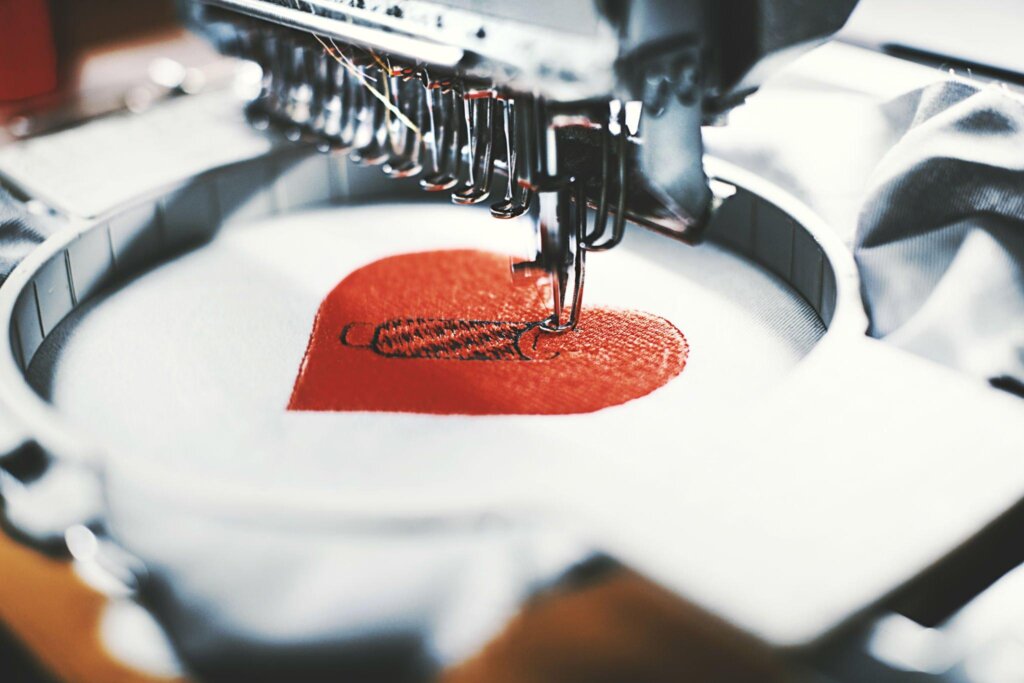
Technical specifications for premium patch substrates:
| Material | Density (g/m²) | Stitch Retention | Best For |
|---|---|---|---|
| Twill (65/35 poly-cotton) | 210-240 | 98.7% | Military/Corporate |
| Merino Felt | 280-320 | 99.2% | Fashion Applications |
| Non-woven Stabilizer | 80-100 | 97.3% | Cost-sensitive Projects |
Critical parameters:
- Thread count ≥150 threads/inch
- Dimensional stability ≤2% shrinkage
- Puncture resistance ≥15N
Industrial Production Equipment
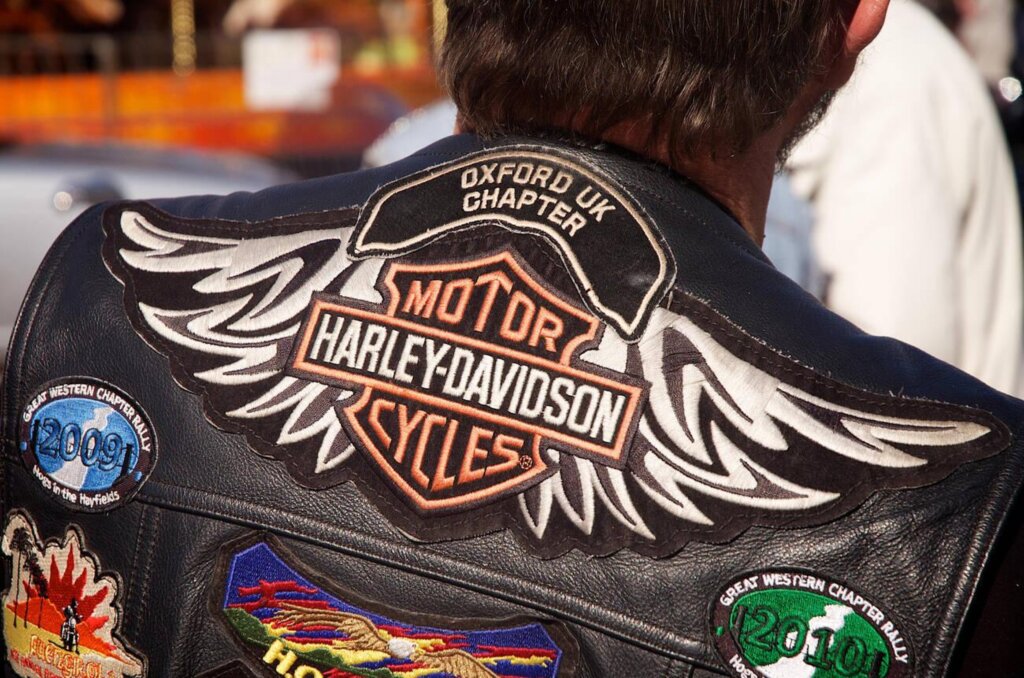
Professional patch manufacturing requires:
- Embroidery Machines: 12-head Tajima TMFX-II with laser positioning
- Digitization Software: Wilcom ES Designer (v4.0+)
- Thread Systems: Madeira Polyneon 40wt (colorfastness 7-8 ISO 105-E04)
- Stabilizers: Two-stage water-soluble film + tear-away backing
Ludyway’s production facilities feature automated thread trimming and color-change systems reducing production time by 40%.
Precision Manufacturing Protocol
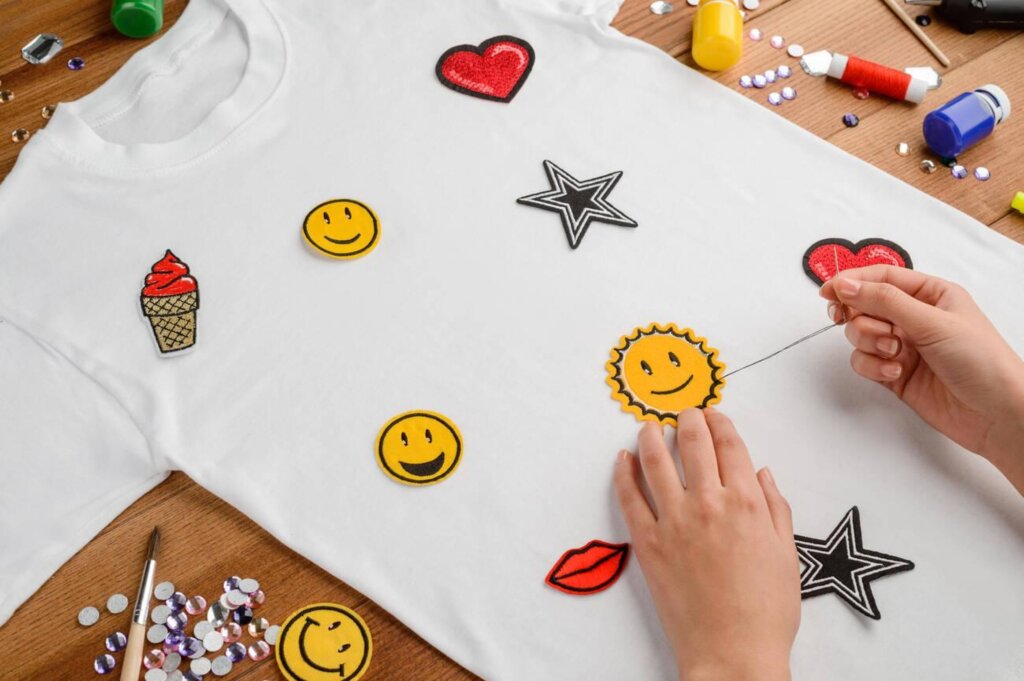
- Digital Vectorization: Convert artwork to .DST format with 0.1mm precision
- Stabilizer Hooping: Dual-layer water-soluble film (120g/m²)
- Placement Stitching: Running stitch outline (3.5mm length)
- Substrate Application: Heat-activated temporary adhesive
- Satin Stitch Edging: 3.2mm width with 0.3mm density
- Backing Activation: Thermoplastic adhesive at 160°C/12psi
Our Custom Cut and Sew Manufacturer division executes precision finishing.
Water-Soluble Backing Technique
- Use 2-layer fibrous stabilizer (not film)
- Stitch density calibration: 6-7 stitches/mm
- Post-stitch dissolution: 40°C water immersion (3min)
Industrial Production Methods
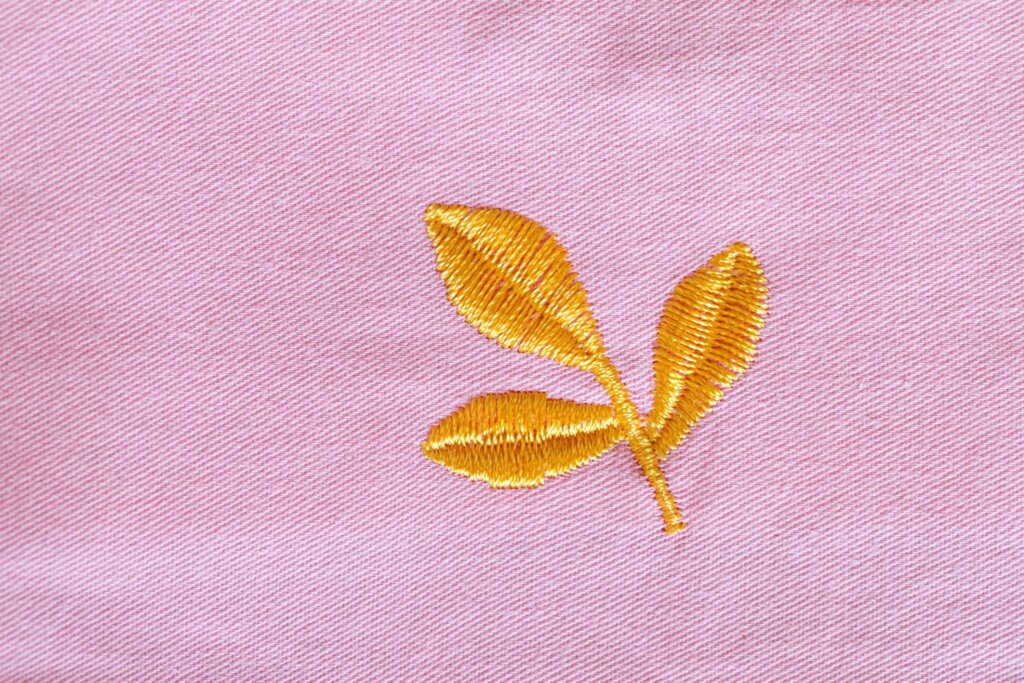
Automated In-Hoop Technique
- Hoop dual-stabilizer system
- Execute placement stitch (color 1)
- Apply pre-cut substrate
- Run tack-down zigzag (3.5mm width)
- Complete embroidery pattern
- Finalize merrow edge (5,000-8,000 stitches)
Pre-Made Patch Enhancement
- Hoop tear-away stabilizer (200g/m²)
- Stitch placement outline
- Apply spray adhesive (3M™ 77)
- Position blank patch
- Execute blanket stitch (2.8mm width)
- Activate thermoplastic backing (160°C/15sec)
Technical Specifications
- Maximum stitch density: 12,000 stitches/6in²
- Minimum detail resolution: 0.8mm
- Color matching: ΔE ≤1.5 (ISO 12647-2)
For technical consultations: info@ludyway.com
FAQs
How to Create an Applique Patch With an Embroidery Machine?
- Hoop water-soluble stabilizer (WSS)
- Stitch placement outline
- Position appliqué fabric
- Execute satin stitch perimeter (3.2mm)
Optimal Stitch Parameters
- Standard 3″x2″ patch: 8,000-12,000 stitches
- Underlay: Zigzag (4.0mm width)
- Top stitching: 0.3mm density
Technical Conclusion
Professional patch manufacturing requires precision equipment and material science expertise. Ludyway’s Custom Sports Clothing Manufacturer division delivers military-grade patches meeting ISO 9001 standards. From vectorization to finishing, our vertically integrated process ensures:
- Stitch density consistency (±2%)
- Colorfastness beyond 200 washes
- Adhesive bond strength ≥15N/cm²
For production-grade results, industrial machinery outperforms manual techniques in both precision and efficiency. Our technical team provides comprehensive support from design through fulfillment.


